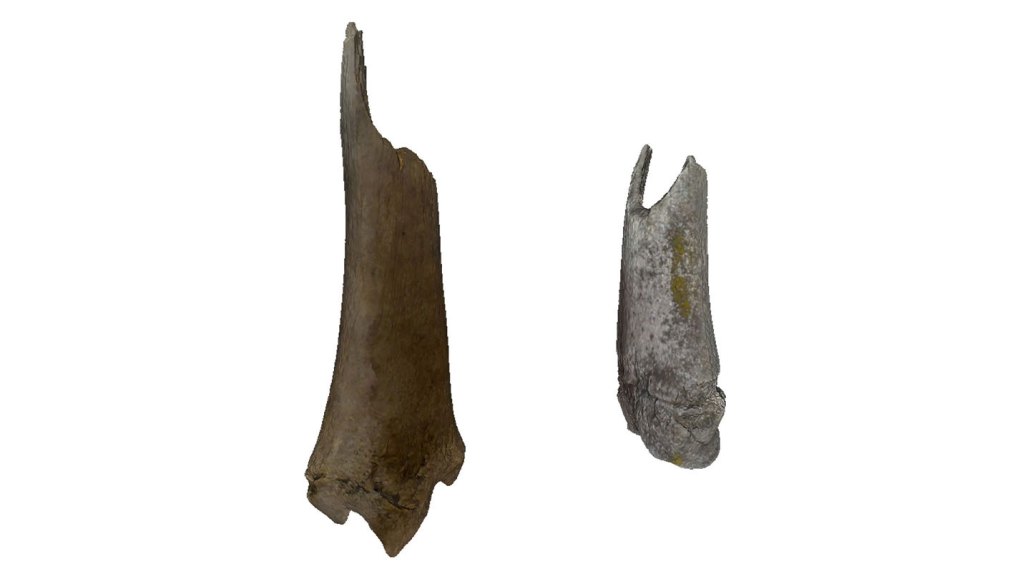Spanish horses joined Indigenous South Americans’ societies long before Europeans came to stay
Archaeological digs show Spanish horses were part of these societies by the early 1600s

Partial horse leg bones found in southern Argentina (shown here) contributed to new evidence that Indigenous groups incorporated these animals, introduced by Spanish colonists in the 1500s, into their cultures a century or more before Europeans permanently settled in that region.
W.T.T. Taylor et al/Science Advances 2023







